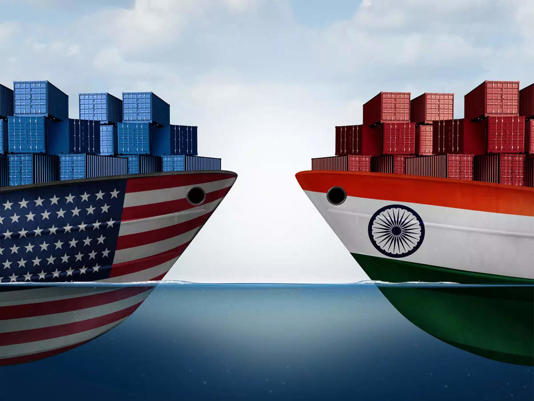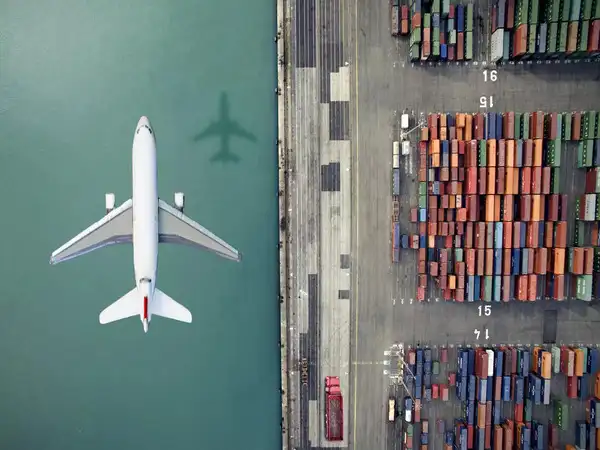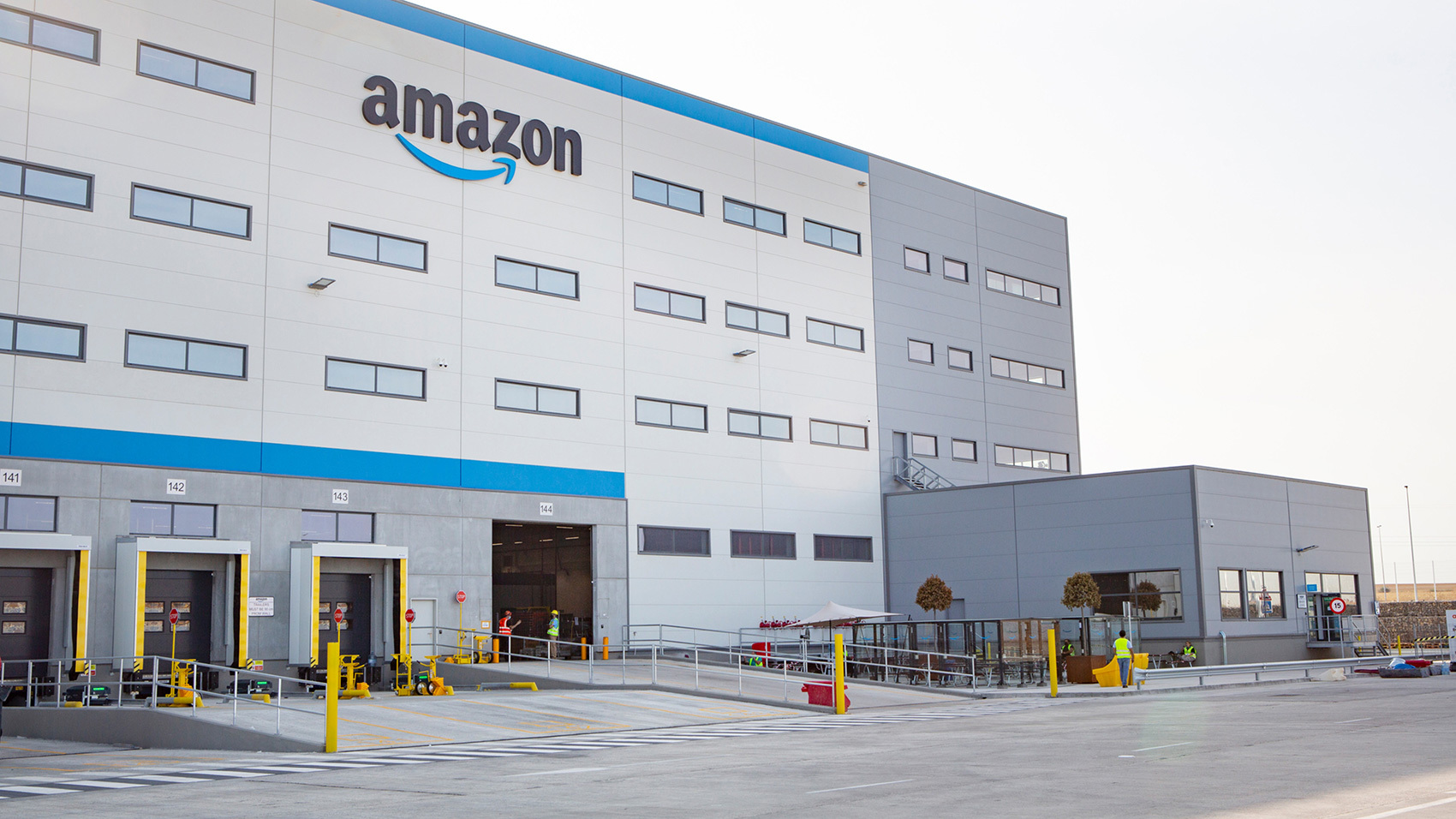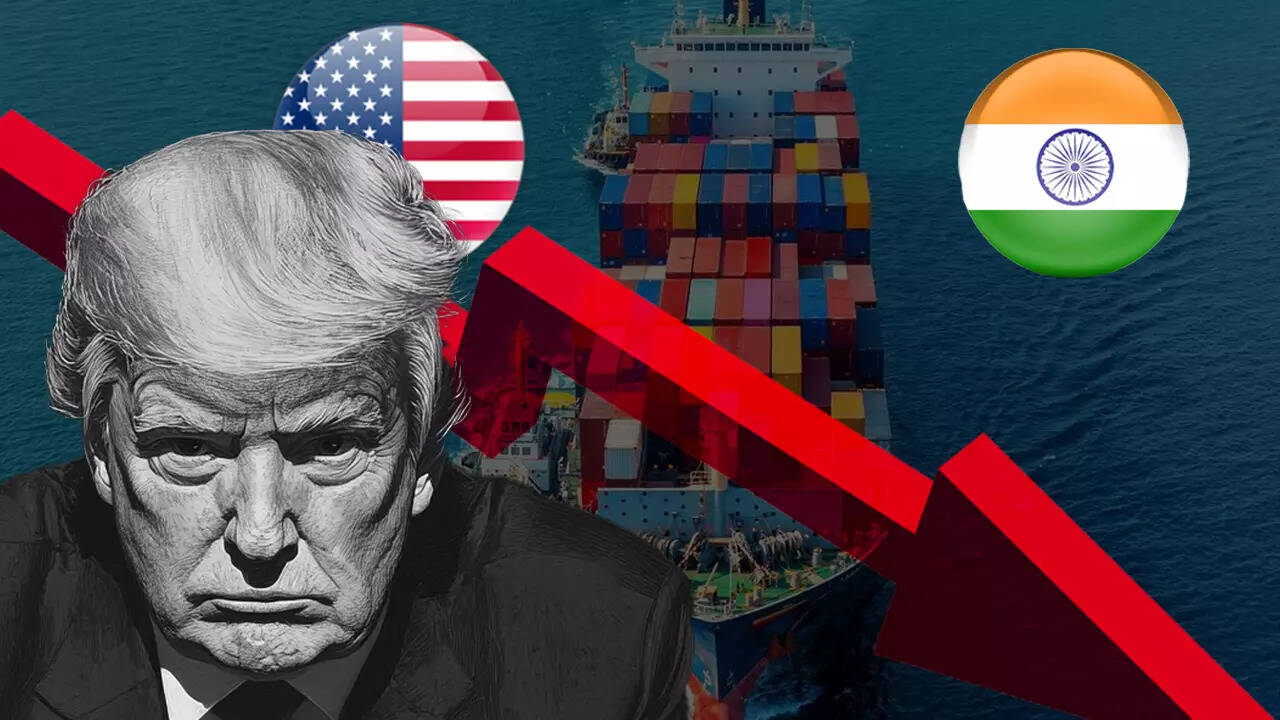targeting Indian goods, effective April 9. While certain sectors like pharmaceuticals and semiconductors received exemptions, a broad range of Indian exports now face increased costs in the U.S. market
These tariffs have led to:
Increased Freight Costs: Shipping rates have surged, with estimates indicating up to a 30% rise in freight costs, pressuring logistics budgets.
Container Shortages: The redirection of trade routes has caused container shortages in India, as empty containers are stranded in other regions
Supply Chain Disruptions: Companies are experiencing delays and increased lead times, necessitating real-time strategy adjustments.
🔄 Strategic Shifts in Logistics Operations
In response to these challenges, Indian logistics providers and exporters are:
Optimizing Routes: Exploring alternative shipping routes and consolidating shipments to maximize efficiency
Investing in Technology: Leveraging digital tools for better demand forecasting and inventory management.
Enhancing Compliance: Ensuring adherence to new trade regulations to avoid penalties and delays.
These strategies aim to mitigate the adverse effects of tariffs and maintain competitiveness in the global market.
🌐 Opportunities Amidst Challenges
Despite the hurdles, the current trade environment offers India a chance to strengthen its role in global supply chains:
Attracting Diversified Sourcing: With U.S. companies seeking alternatives to Chinese suppliers, India can position itself as a viable option, especially in sectors like textiles and electronics .
Boosting Domestic Manufacturing: The need to reduce dependency on imports can drive investments in local manufacturing and infrastructure.
Policy Reforms: The situation underscores the importance of policy reforms to enhance ease of doing business and improve logistics efficiency.
🛠️ Recommendations for Supply Chain Stakeholders
To navigate the evolving landscape, stakeholders should consider:
Diversifying Markets: Reducing reliance on any single export market to spread risk.
Strengthening Supplier Relationships: Collaborating closely with suppliers to ensure flexibility and responsiveness.
Continuous Monitoring: Keeping abreast of policy changes and market trends to make informed decisions.
The U.S. tariff changes have undeniably disrupted India's logistics sector, but with strategic planning and adaptability, Indian supply chain professionals can turn these challenges into opportunities for growth and resilience.
.png)
.png)







